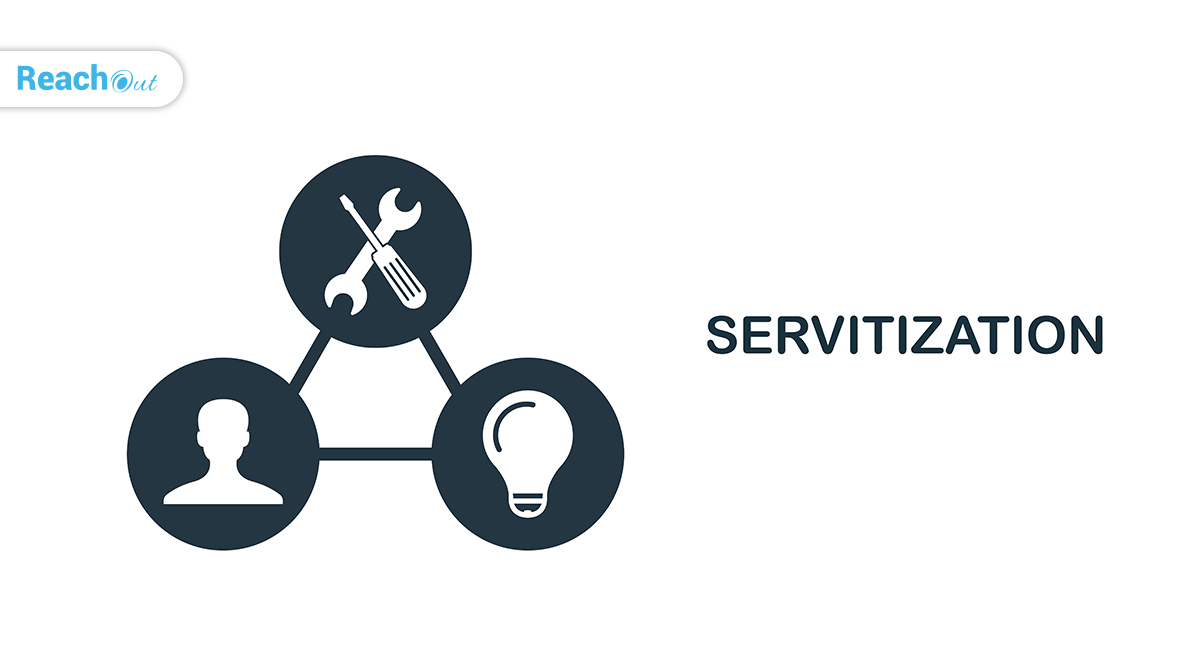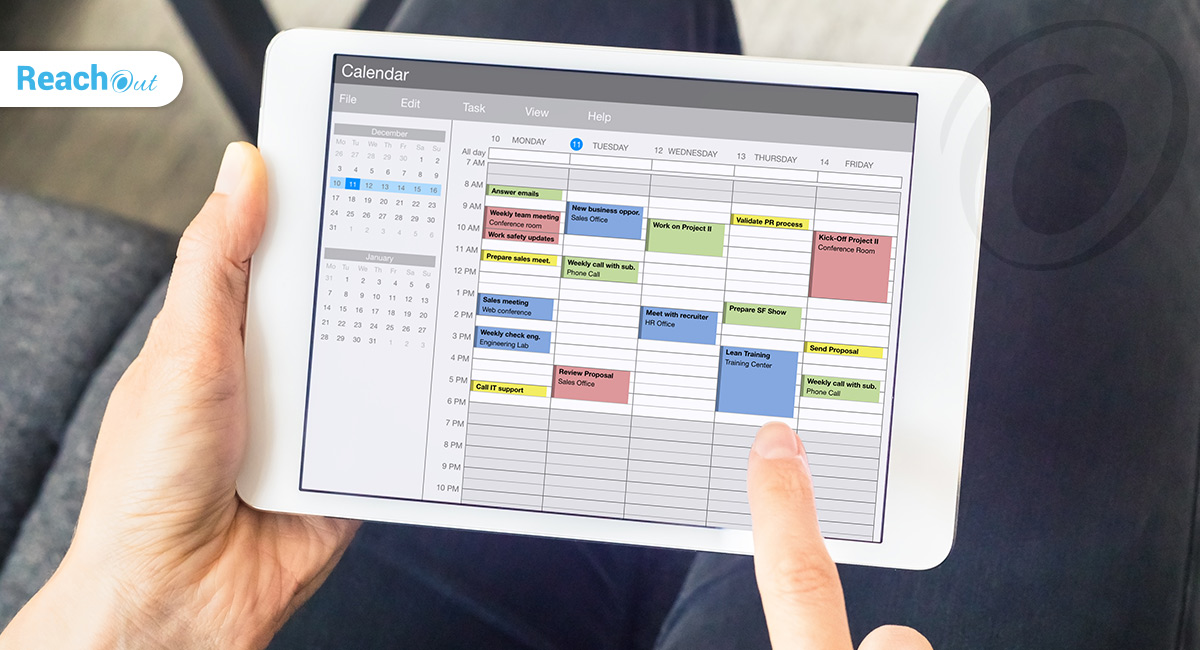
Top Tips to Achieve Success in a Field Service Servitization Model
Equipment servicing is an evergreen business. Even bankrupt companies try to maintain their equipment as far as possible. Enterprises spend more on machine maintenance during an economic downturn, as they try to get things done with existing equipment than invest in new ones. But the relentless advances in technology have increased the complexity of equipment maintenance. It places more demand on service providers. Many equipment maintenance service providers find it challenging to upgrade their expertise to match the increasing complexity of machinery. Side-by-side, enterprises seek new revenue streams as competition intensifies.
To overcome such challenges, manufacturers sell field service support systems along with the equipment. Such a field service servitization model, or converting the equipment sales into a service package, is the rage in manufacturing and allied industries. End users see it as a fail-safe method of indulging in digital transformation.
Read more: How Field Service Management Firms Can Stay Competitive in the Coming Decade
What is a servitization strategy?
Servitization strategy entails offering equipment-focused services, including maintenance services throughout the product life-cycle. Many field service companies position servitization as an outcome-based service package. Most providers co-opt different equipment purchased at different times in a servitization package for a customer.
Servitization generates differentiated opportunities for field service firms. Aberdeen Group research estimates one out of four field service operations generating new revenue from servitization. But the extent to which servitization succeeds depends on getting the basics right.
Read our white paper: Transitioning with Digitization in the Field Service Industry: Personalized and intuitive services and quick responses are high on demand, due to which servitization is making a huge leap.
Here are the key elements that ensure the success of servitization for field service providers.
1. A detail-oriented strategy to deliver differentiated services
Servitization is modularity and customization at a deep level. The key pillar for the success of servitization is breaking down products or services into small, specific parts, which customers may consume easily.
Achieving differentiation in product servitization requires making critical decisions upfront. Following are some of the vital decisions that can be co-opted as part of the servitization strategy:
- The best product configurations to deploy
- When to retire a product or a supplier
- The extent to service incumbent machinery and the point to initiate upsell to a new machine
- Whether to redesign the product with lower-cost parts and increase margins or provide better supplier parts to reduce failures
- The training and consulting protocols
The answers to these servitization strategy questions lie in product engineering, corporate strategy, and benchmarking competition best practices.
Product telemetry and feedback from service technicians give valuable information about the state of the equipment, the extent of customer satisfaction concerning the product, the most optimal configuration, etc.
If a specific service is not profitable, it cannot be positioned for servitization. Putting a dollar value on the differentiation is essential for the success of the servitization strategy. If people see no cost savings in the differentiation, they will not patronize the differentiation.
2. Deploying field service management software
Manual systems breed silos. Field service management software connects different nodes of the enterprises transparently. It is the vein through which field service servitization runs seamlessly.
Servitization works only on meeting service agreements at a profit. When everything in the enterprise operates in silos, inefficiencies abound. For instance, the technician might go to the worksite only to find that he has not carried a needed part. He has to schedule a revisit, which diminishes the first-time fix rate, decreases customer satisfaction scores, increases overheads, and reduces technician efficiency drastically. In today’s age of hyper-competition, such bloated overheads should blow the death knell of any business.
The field service suite serves as a central node to integrate field service across the business. The suite offers complete visibility. For instance, the scheduler can access inventory and ensure the field agent proceeds to the worksite only with the right spares. Automated field service servitization syncs different variables to deliver intelligent, automated scheduling and dispatch. The inventory management suite updates automatically on the processing of each work order. The system schedules a new work order only on the availability of adequate inventory levels.
- Advanced scheduling and automated routing maximizes the technician’s time and ensures the highest first-time fix rate.
- Automated invoicing and payment collecting within the field service suite enables delivering invoices instantly after work completion and reducing time-to-payment.
- Integrating field service inspections to other service functions speeds up service. Automated audit and inspection forms, with capabilities to capture information, make the process accurate.
Read more: 8 Ways a Service Management Software Helps Drive Servitization in Field Service
 3. Promote connected devices
3. Promote connected devices
IDC estimates that by 2025, there will be around 80 billion connected devices globally. Such connected IoT and other smart devices unlock a world of possibilities.
The success of servitization depends on transparency and an open sharing of information. Outcome-based services will not work without a 360-degree view of customer interactions across channels and product telemetry.
Machine learning enables connected equipment to learn based on past instances and training data without express instructions on what to do. Intelligent machines trigger self-healing steps based on automatically generated insights. If a particular equipment fault cannot be self-healed, the connected device sends information directly to the field service management suite. An automated field service suite triggers the work order and assigns the fix to a technician, all on autopilot.
Data from connected equipment, for instance, indicate when fuel is running low and automatically schedules refilling. The data, fed into an analytical engine, triggers an alert when the readings go beyond the set mean. These triggers prompt predictive maintenance, nipping issues in the bud, and avoiding downtime.
Read more: How IoT and AI Drive Field Service Innovation

Disruption is unavoidable in today’s world of fast-paced changes. Winners prepare for disruption ahead of time by digitally transforming themselves. They repack their product and service offerings and infuse flexibility and modularity in their systems. However, the success of such innovative business models depends on the extent to which it adds value for the customers. Servitization enables enterprises to brace for any change that the uncertain business environment throws up and delight their customers amid a challenging business environment.
54% of field service enterprises use dedicated field service management software to power their businesses. With the rise of servitization, FSM software becomes essential to run field operations.
Want to know how you can improve your operational efficiency and bottom line using our service management software? Chat with an expert.
Sachin Krishna
Sachin works as a part of the digital marketing team at ReachOut Suite. He believes in a healthy and resourceful web and does his own little contributions for the purpose by creating and disseminating innovative and quality content.
More posts by Sachin Krishna




